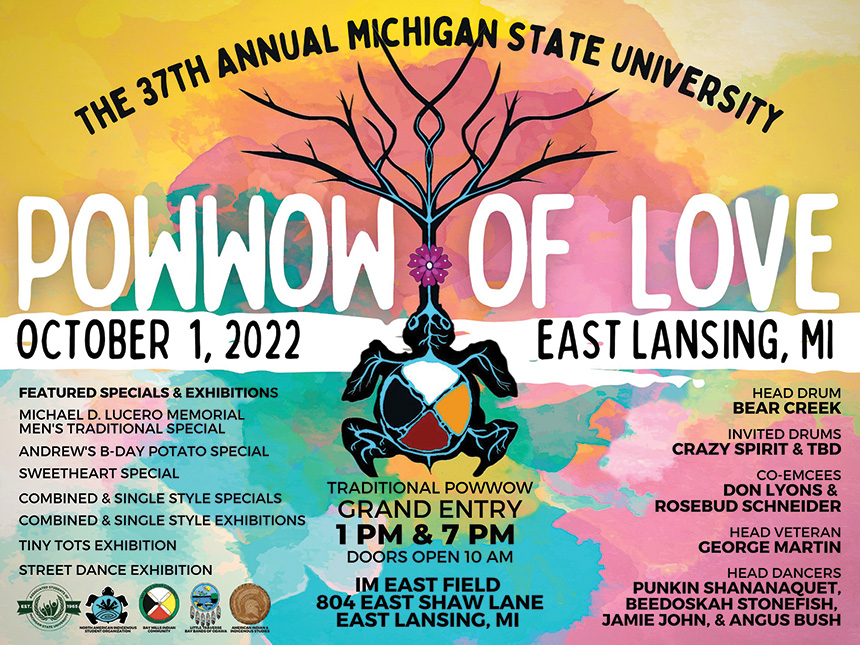

Amid veterinary nursing studies, Kendra Cournaya (they/she)*, second-year student, is an artist. In fact, Cournaya has been making art since before they knew veterinary nursing was a viable career path.
Recently, the College’s Office of the Dean opened its inaugural art wall project—a way to show off the artistic talents of the College’s community by displaying work by College artists in the office—and Cournaya submitted two charcoal cat drawings: one of her cat, Victor, and one of her brother’s cat, Phantom. Cournaya didn’t start their art journey with realistic cat portraits, though.
Cournaya says she’s been drawing since she was a child, inspired by her mother’s art. “We’re Indigenous—part of the Sault Ste. Marie Tribe of Chippewa Indians—and a big part of our culture is being creative. Growing up, my mom would throw on some Bob Ross and draw. She would give me notebooks, and I’d sit next to her and draw the stereotypical giant floppy-eared puppy dog with giant eyes and the sun in the corner.”
Cournaya’s early love of drawing grew into a life-long passion. “I considered going to school for graphic design instead of the veterinary field, but I worked at a veterinary clinic when I was in high school, and I fell in love with veterinary medicine while art remained a hobby.”
Her skills with charcoal developed after taking an elective art class as an MSU undergraduate. “I had to fill some credits, so I took a drawing 101 course. You only use charcoal the entire semester. I despised charcoal when I used it in high school, but the elective class covered the fundamentals and made me comfortable with it, so I began to enjoy the process.


“Next Christmas, I drew my grandparents’ Saint Bernard as a gift. Once the whole family saw the finished piece, they all said, ‘You should keep doing this!’”
From there, Cournaya’s charcoal pet portrait endeavors grew as they received positive and heartfelt responses to their art. She even started to take on commissions for custom pet art, which supplemented her income from her work in the MSU Veterinary Medical Center Intensive Care Unit (ICU). Friends, family, classmates, and even clients from their hometown clinic would see Cournaya’s art on social media or hear about it from other customers and would request pet portraits.
“Former clients have reached out and told me their pet passed and they wanted a memorial portrait. So, I draw those pets based on photos as a form of closure for people.” Cournaya’s compassion, learned in part from studying veterinary nursing, shines through to connect people to their beloved animals even after they’re gone.
Cournaya’s art practice blends with veterinary nursing in her skillset too. They state that studying animal anatomy as part of the Veterinary Nursing Program has helped inform how they draw realistic animals.
Further, the creative thinking necessary in her art is the same that allows her to think on her feet in the Hospital.
“I started working in the ICU, and instantly fell in love with emergency medicine. I like the high intensity and the quick, creative thinking necessary. Seeing animals in these medical crises and immediately helping them—I love that so much. Even if you don’t have a treatment, just giving them a little pet or giving them a snack—seeing how they light up when you think of a little way to help them is amazing,” says Cournaya.
They acknowledge that working in the ICU isn’t easy, but art helps them manage the stress of the more challenging parts of the job. “It’s tough. You see difficult scenes and it’s rough on your mental state, but the fact that I have other hobbies outside of veterinary nursing has helped. Being able to separate myself from work, decompress, go to sleep at night, and go back to work with a refreshed mind is invaluable.”
Cournaya also notes that her Chippewa culture is involved in her mindset when creating. “A big thing in my culture is being in a positive mindset while creating. Whatever emotions and energy that you have in that moment are embedded into the creation—especially for gifts. I don’t want to give art that is embedded with something negative. So, if I’m super stressed, then that’s not the right mindset for me to make art, and I’ll do another activity instead.”
After graduation, Cournaya plans to continue making art alongside a veterinary nursing career. “At whatever clinic or service I go into, I would like to offer art to people or do it for fun. It’s something that I like to do—whether I’m paid or not—to give myself that refresh after work.”
Cournaya’s art is detail-oriented and dynamic—not all too different from the bustling work in the clinic—full of furry friends in motion or in repose. Cournaya and their charcoal capture what we love about our animal companions thanks to experience in the veterinary field—experience that Cournaya hopes will only continue to grow.

I started working in the ICU, and instantly fell in love with emergency medicine. I like the high intensity and the quick, creative thinking necessary. Seeing animals in these medical crises and immediately helping them—I love that so much. Even if you don’t have a treatment, just giving them a little pet or giving them a snack—seeing how they light up when you think of a little way to help them is amazing.
— Cournaya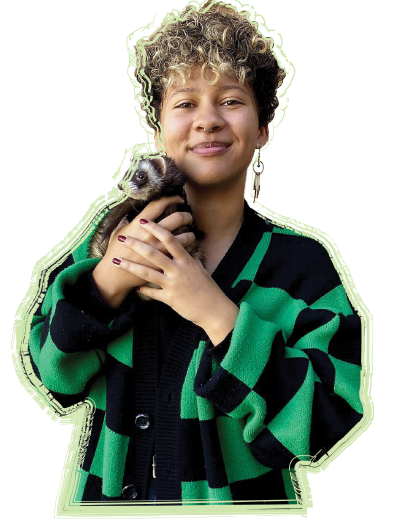
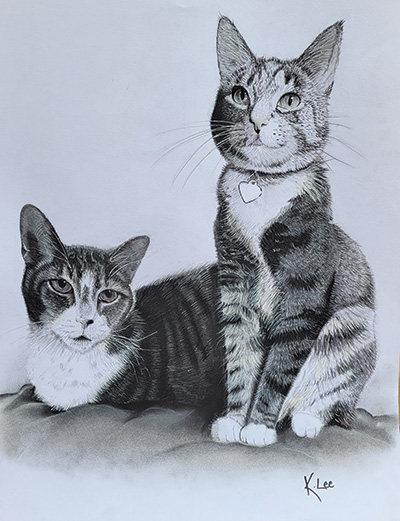
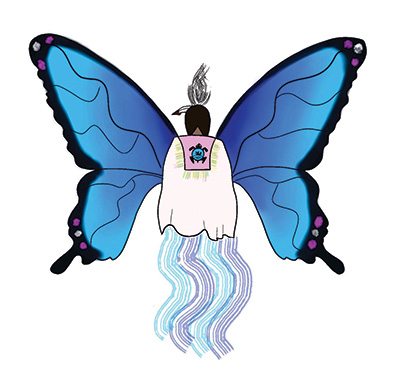
Cournaya also makes art with digital mediums, including promotional art for the North American Indigenous Student Organization (NAISO) pictured here.
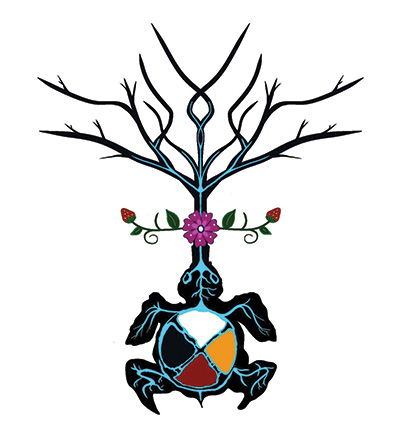
*Cournaya uses both they and she pronouns. The interchanging use of ‘they’ and ‘she’ throughout the story is intentional and was requested.
